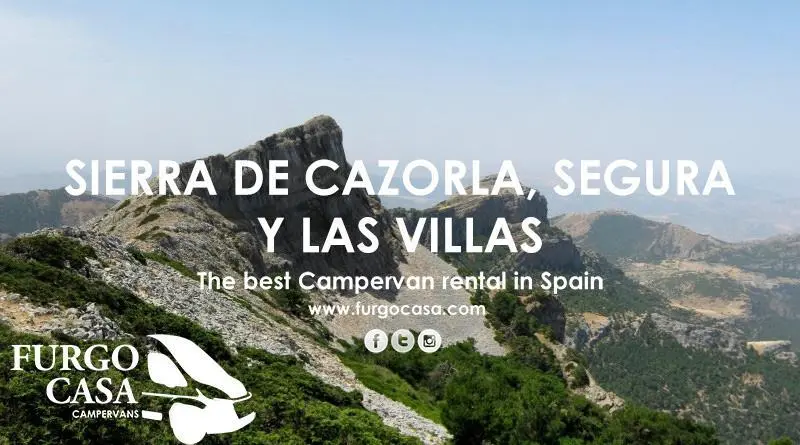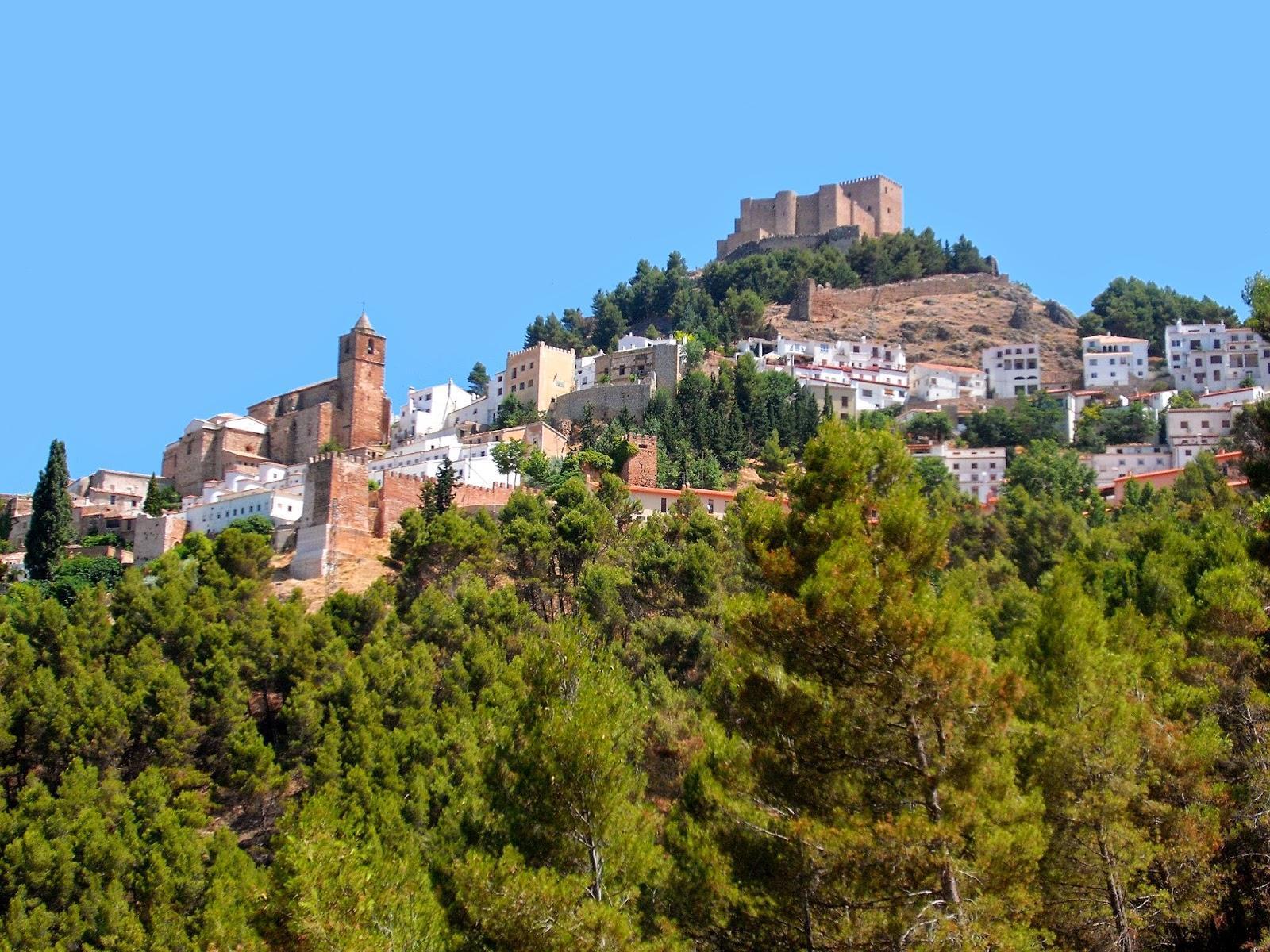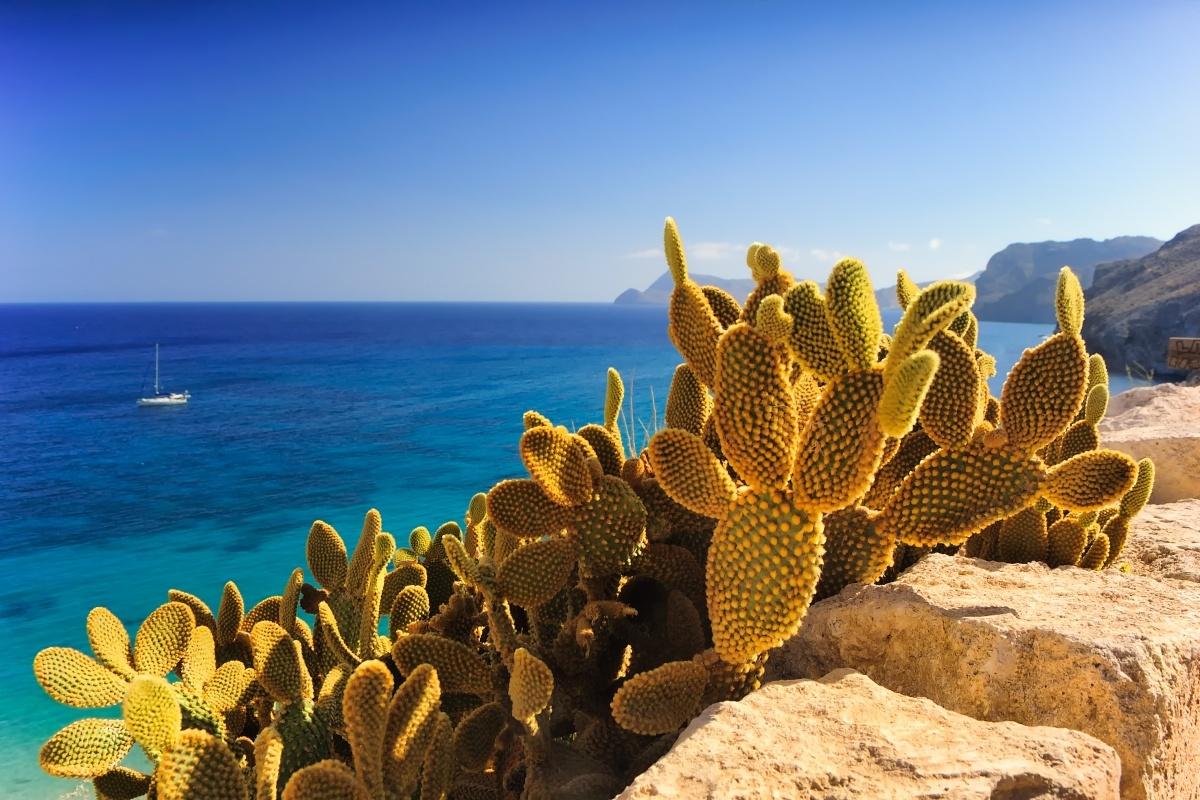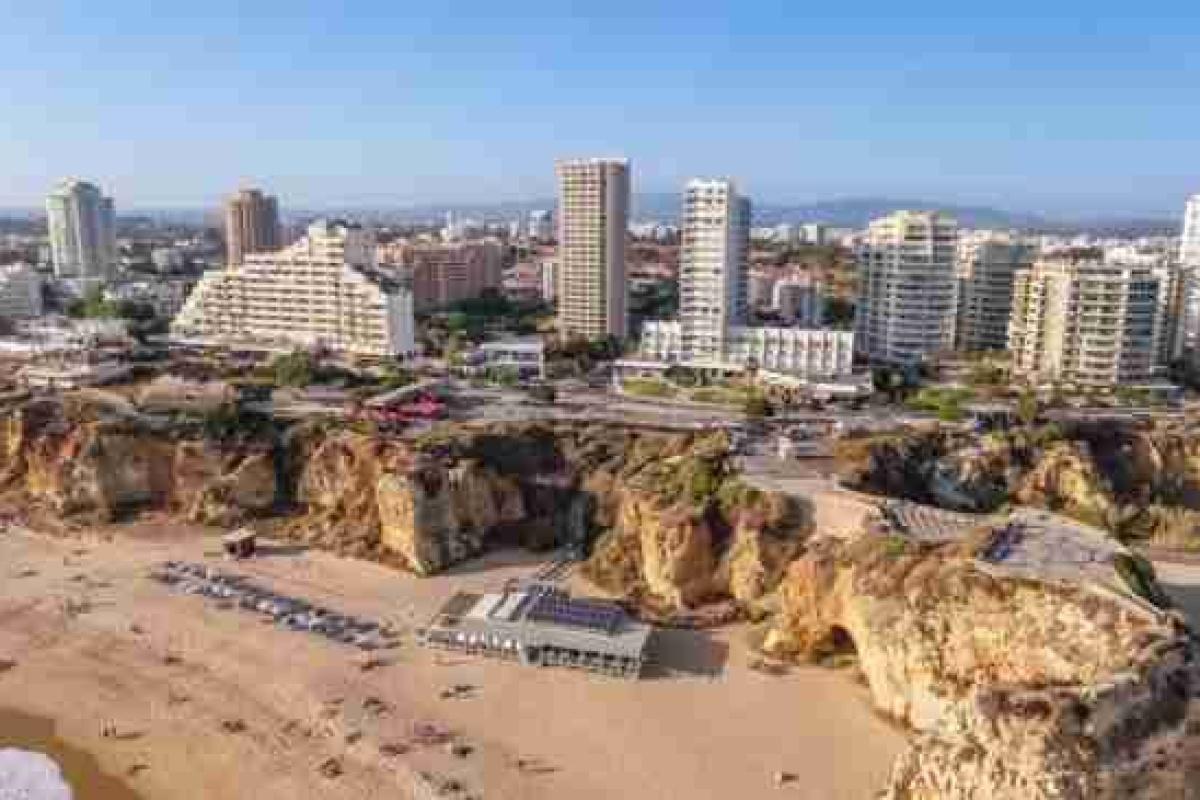Only 165 km away from Murcia (Furgocasa’s Headquarters), lays the "Natural Park Sierras de Cazorla, Segura and Las Villas", one of the places that, unquestionably, you should visit in order to know one of Spain’s richest natural treasures.
Declared a biosphere reserve by Unesco in the 80s, it is undoubtedly the most praiseworthy natural park in Andalusia.
This vast territory was one of the first in Andalusia to get the consideration of Natural Park and truly deserves the status it holds, being one of the most extensive continuous forest areas in Spain, besides hosting one of the richest wildlife concentrations of the whole country.
Covering an area of around 210,000 hectares, the Sierra de Cazorla Natural Park is the largest protected area in Spain and the second largest in Europe. To get an idea of its size, its extension is similar to that of the Biscay Province.
Alongside this main protected area of Cazorla, iwe have to add the extension of two other small contiguous Natural Parks in the provinces of Albacete and Granada: namely the Calares del Mundo and La Sima Natural Park, located to the north, and the Sierra de Castril Natural Park, to the south, summing up 31,000 hectares between them both. Therefore, you will find over 240,000 hectares of unspoilt protected territories combining the three neighboring parks.
The breadth of these territories will encourage you to freely explore them choosing among a wide array of options, ranging from strolls in the wilderness to cultural heritage spots, enjoying at the same time its rich gastronomy, through a wealth of customized routes.
Thus, we propose a four-day-trip, so that you can get to know up close this wonderful Natural Park.
Rent a Campervan and make the most out of the camper experience.
DAY 1 - 195 KM - 3 horas y 5 minutos en ruta 3 hours and 5 minutes on route
DAY 2 - 208 KM - 4 horas y 30 minutos en ruta 4 hours and 30 minutes on route
DAY 3 - 100 KM - 2 horas y 40 minutos en ruta 2 hours and 40 minutes on route
DAY 4 - 271 KM - 5 horas y media en ruta 2 hours and 40 minutes on route
Google map of the trip:
DAY 1
We recommend you starting your rental from Murcia. This location is the closest to Sierra de Cazorla and, in addition, it is the only point of delivery and collection that, given that we have our base there, does not apply any additional transport costs. However, any other pick-up or collection points are available upon your requests.
To get to Murcia, you can fly to the airports of either Alicante or San Javier (both with frequent and cheap connections to the main European airports). Both airports provide frequent bus connections with the city of Murcia.
For those coming from Madrid, you can either take a direct train or go by AVE to Albacete and from there get to Murcia, also by bus.
Pick up the Camper and the adventure begins. In order to make your route more pleasant and less rushed, we recommend you to take this whole first day to quietly reach your first destination. On the way, you can enjoy some of the most stunning inland places in the Region of Murcia that, we believe, are worth visiting.
The first highlight should be Caravaca de la Cruz (just halfway on this first leg of the trip).
Caravaca is one of the few holy cities of Christianity. This city has the privilege of holding The Jubilee Town Year in perpetuity, taking place every seven years around the Holy and Vera Cruz of Caravaca, resting in the church upon one of the stronghold hills of the city.

The town of Caravaca, besides being known as the sanctuary town that holds important Christian relics (the splinters of the Cross in which Jesus died,) is also famous for its beautiful Old Town dating back from the Middle Ages (XIII century).
The Patron Saint Festivities, are held between May 1 and 5 every year, and they were declared Festivities of International Tourist Interest in 2004.
Along with the processions and parades of Moors and Christians, the celebration of the Caballos del Vino, presently aspire to be declared an Intangible Cultural Heritage of Humanity by UNESCO, being especially relevant and of outmost importance in the festive calendar of the town.
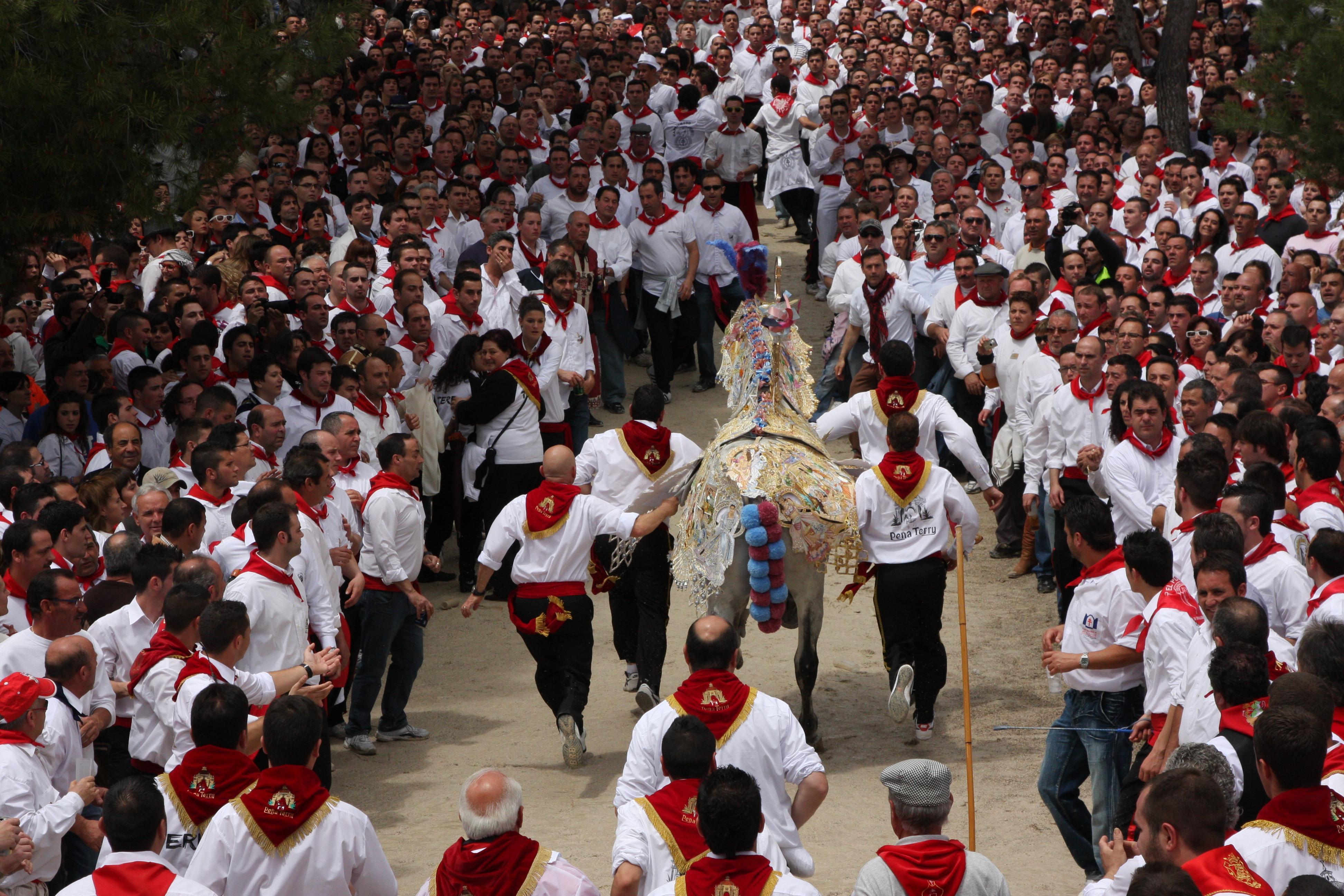
Caravaca´s gastronomy is narrowly bounded to the fresh vegetables, and free-range livestock products of the area. Hunting dishes also hold a prominent position on restaurant menus. Thus, crumbs (migas), rice in all its variants: with rabbit, chicken, chickpeas, snails, chanterelles, cod ... (do not forget the proximity to Calasparra, whose rice has Designation of Origin), are very popular menus in the area.
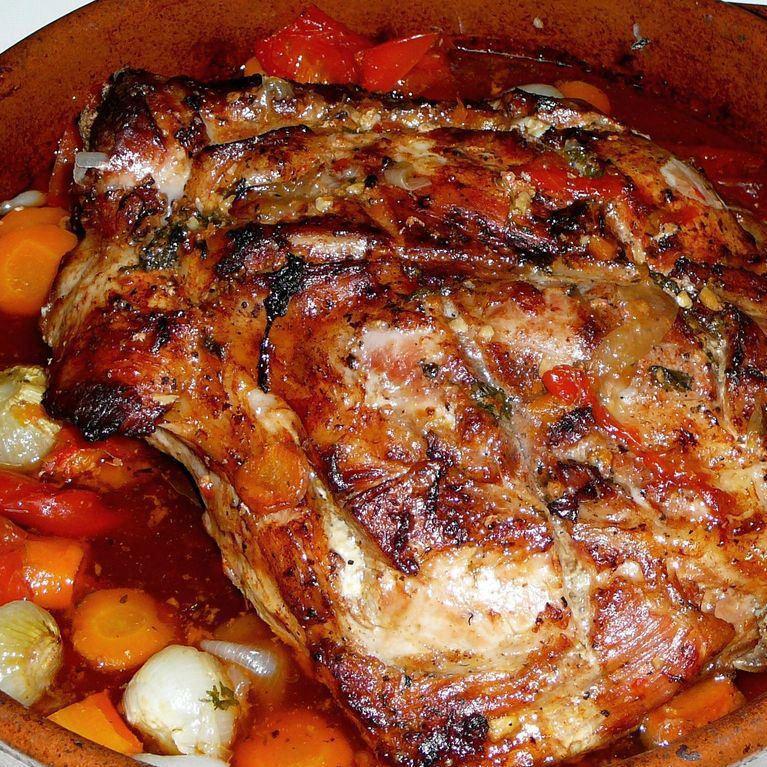
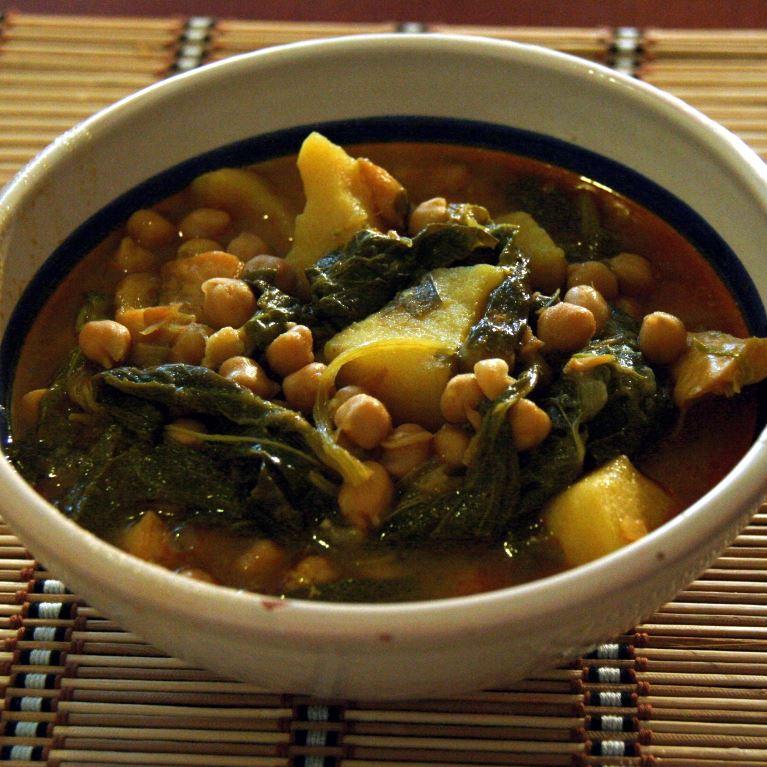
Particular importance is also given to lamb, whether it is cooked in pot or grilled, segureño lamb is a sort of local lamb cataloged with the PGI (Protected Geographical Indication).
Along lamb, we can also find pork sausages, stews (spinach, celery, etc.), and, above all, the confectionery, in which the yolks and the alfajor (typical Christmas sweet of the region) stand out, as well as homemade liqueurs such as mistela and coffee liqueur. All these dishes constitute a rich and varied menu that delights the palates of all who visit Caravaca.
With the occasion of the last jubilee year, celebrated the past year 2017 a pilgrimage walking path was created and opened to the public. "The Way of Levante" (Camino de Levante), that splitted into 5 sections allows to walk, great part of the interior of the Murcian Region. This road, which connects the city of Orihuela with Caravaca de la Cruz, allows a quiet walking tour through varied landscapes along the geography of the area (orchards, desert area, forested valleys, ...) and it is fully equipped with every type of amenities and services; including old railway stations converted into shelters.
You can access all the information about this path on the page: www.murciaturistica.es/es/camino_levante/
The proposed for the Camper would be similar to the Camino de Levante, but in this case, instead of walking along the old train tracks, we would go on four wheels with our own house.
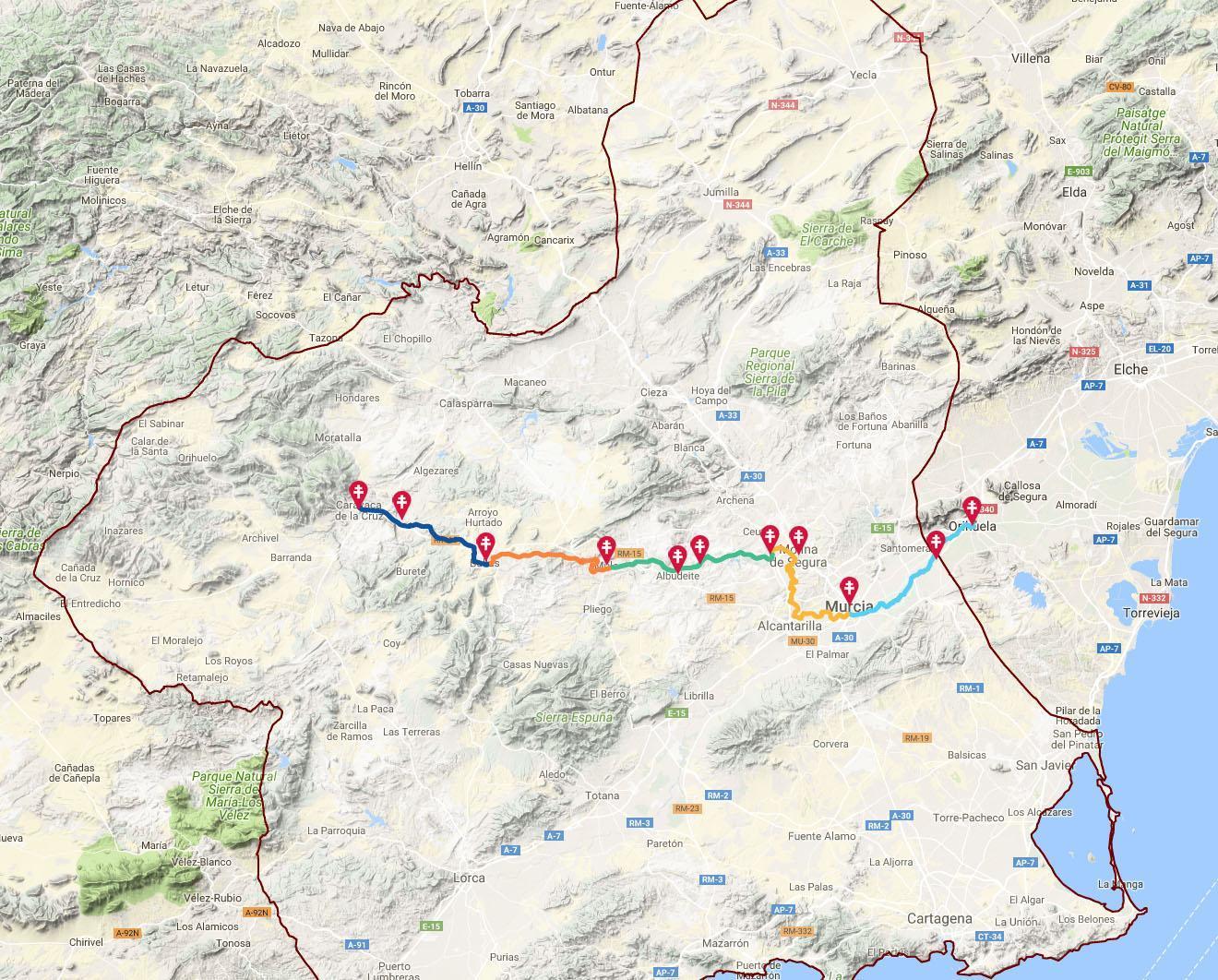
As we said, Caravaca well deserves a stop, a proper walk and lunch and, of course, a good nap in the camper.
From here on we start entering the Sierra. Our proposal is, trying to avoid the shortest route (which would be to continue to Puebla de Don Fadrique by RM-730), by turning off right at Barranda, heading to Archivel.
Destination: Nerpio.
Nerpio is a small village, located in the province of Albacete and at an altitude of 1,080 meters above sea level. With just 800 inhabitants, Nerpio is a jewel itself. Its municipal district is bordered by Murcia, Jaén and Granada. It is settled between seven mountain municipalities: Yeste, Letur, Huescar, Puebla de Don FaDrique, Santiago de la Espada, Moratalla and Caravaca de la Cruz. All these peculiarities have undoubtedly influenced the customs and ways of Nerpio´s people, their traditions, their speech, their hospitality, being a kind of melting pot of nearby cultures, which make the ethnographic aspects of the town even more interesting.
The landscape, dominated by the Sierra de las Cabras, is bathed by the waters of the Taibilla River, on whose banks the origins of an old history of human settlement are preserved.
From Nerpio we will head towards Puebla de Don Fadrique. The easternmost part of the province of Granada, located at the foot of the Sierra de la Sagra. There, taking advantage of the fact that there is an enabled area for motorhomes, we can comfortably spend the first night, at the very gates of the Sierra de Cazorla.
DAY 2
The adventure begins within the Natural Park of the Sierras de Cazorla, Segura and Las Villas. The Natural Park is divided into seven visitor zones. Each of them offers different spots and amenities.
All the useful contents about the park are available at the following websites.
Website of the park. Provincial Council of Jaén. File of the Park.
Website of the Junta de Andalucía.
Our proposal, in any case, would be as follows:
From La Puebla de Don Fadrique, we set sail for Pontones. Through this section of mountain road we will scarcely cover 50 km in approximately one hour. Time to drive carefully and enjoy the wonderful scenery.
From La Puebla we can do a little hike and visit the source of the Segura River, where there is a natural cave from where the water flows.
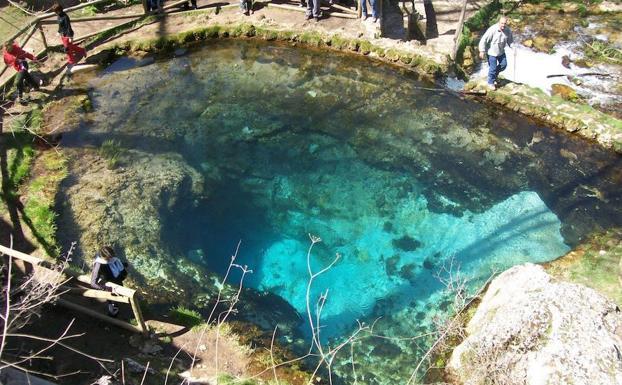
Then, we would go back to Santiago de la Espada, and from there, go south, skirting the south face of the Sierra, also passing by the edge of the Sierra de Castril Natural Park. Part of the route will again be dominated by the peak of La Sagra. In this area the reservoirs of La Bolera and El Portillo are spots of interest and we can also find the source of the Guadalquivir River nearby.
The latter is reached from Cazorla, following the road of the Sierra, A319. As we get to the Empalme del Valle we will see an indication for the source (El Nacimiento) on the right. We will follow that direction for 4 km until we find a bridge over the Guadalquivir. After crossing the bridge we turn right towards Puente de las Herrerías. From here, without leaving the main road, we have 11 km to El Nacimiento.
We recommend finishing the route of the second day in the town of Cazorla. The town, both picturesque and of great tourist interest, sits by the shadow of the Peña de los Halcones, with the mountain range right at its back and an immense sea of olive trees in front; offering a unique, spectacular and impressive panorama. Over the whole rises the Castle of the Yedra, which dominates the urban swarm of narrow streets with their traditional homes, manor houses and monuments, tangled with dozens of paths getting into the Natural Park? Take a walk through its narrow and steep streets, full of Arabic-Andalusian flavor.
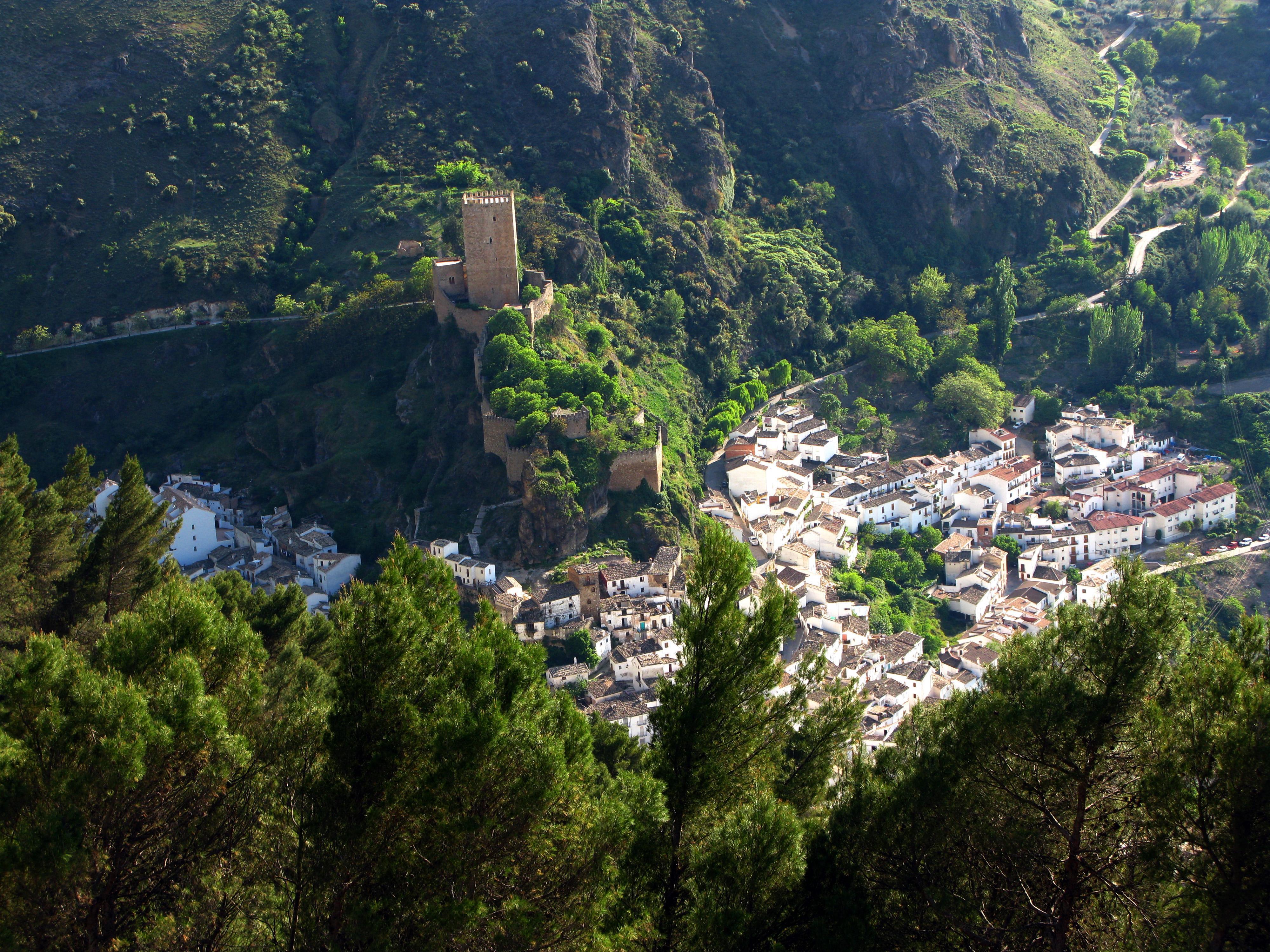
DAY 3
This would be the day with less driving time and the most enjoyment of the heritage and local nature.
We have a whole day to travel the scarce 100 km that separate us from Segura de la Sierra. All day track will be done along the A-319 road. National road that crosses the centre of the Natural Park.
Surrounded by mountains, it runs along the edge of the Tranco de Beas Reservoir (first reservoir of the Guadalquivir), which houses the Cabeza de la Viña Island. The landscape of the islands, together with the abandoned belfry, has nothing to envy to a postcard (if any) of the middle earth.
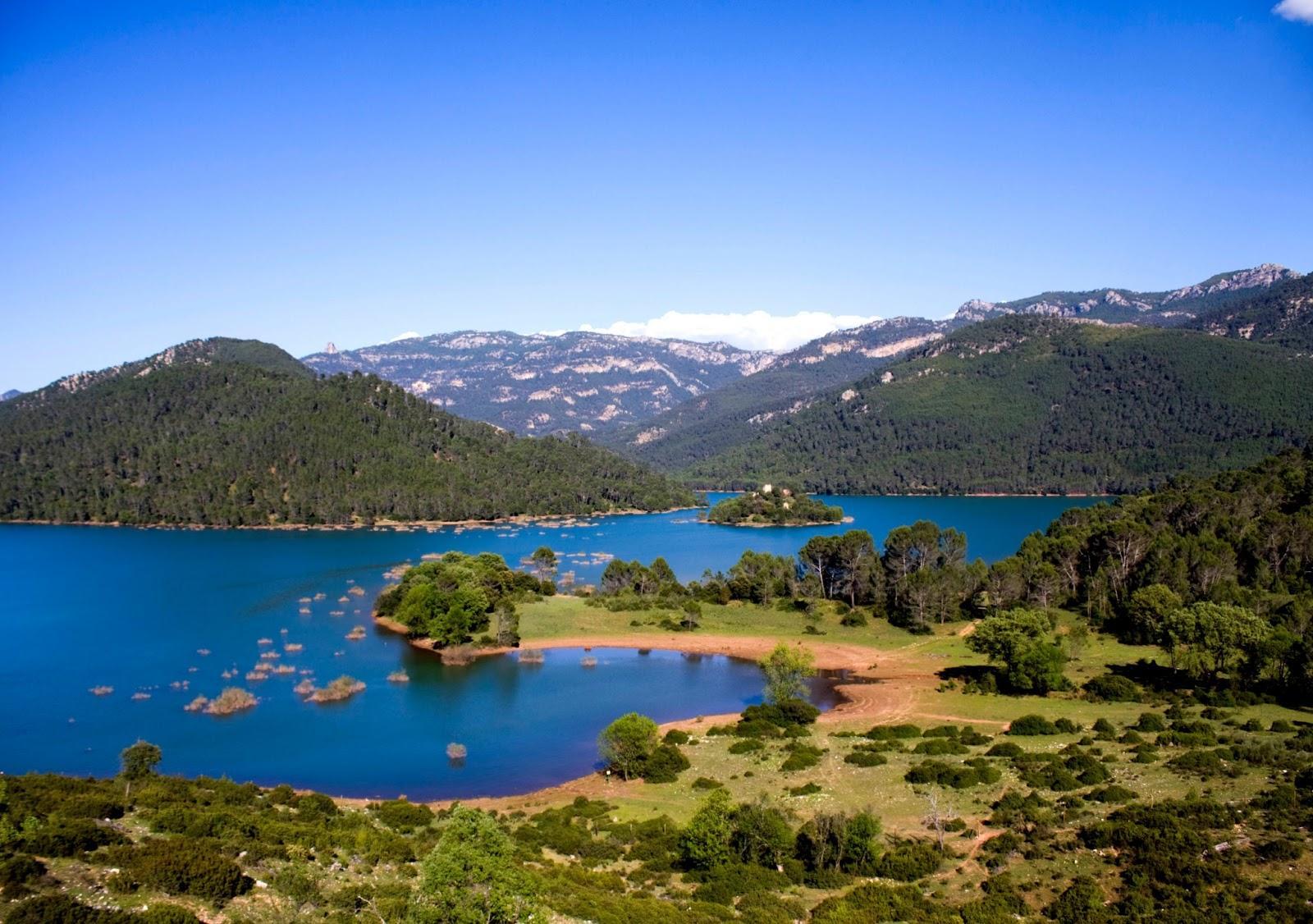
Just parking around any of these places and spending a quiet day in nature seems to be a perfect plan. For the adventure- seekers, different trekking routes depart from the main road. Graded in difficulty, we are sure that will satisfy your restlessness. There are also several restaurants, all of them highly recommended.
Today’s final destination would be the town of Segura de la Sierra, another of the most picturesque villages in the area. This beautiful town, cradle of the poet Jose Manrique, is located in the heart of the Sierra and is crowned by a Castle from which you can see stunning views of the entire area.
The hamlet, with narrow streets and historic corners, extends under the castle, surrounded on some of its fronts by canvases of the old wall. It is declared a Historic-Artistic Site, because of its wonderful surroundings and its settings such as many monuments and architectural hubs namely the Town Hall, the Imperial Fountain of Carlos III, the Arab Baths, the Parish of Our Lady of the Hill, the House of Jorge Manrique, the Casa del Celemín, the Arco de Cavalcavia, the Puerta Catena and the Fuente Mora.
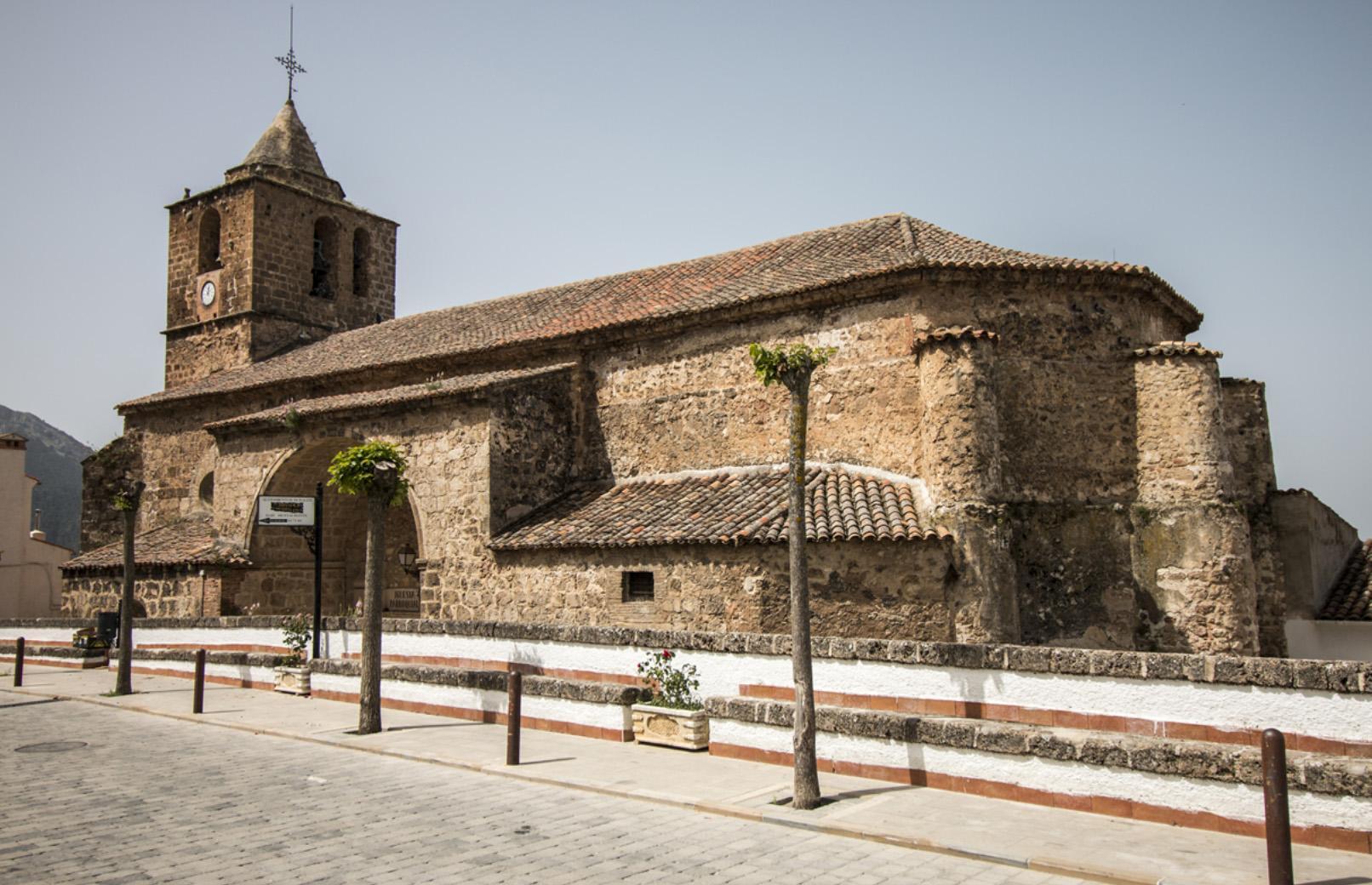
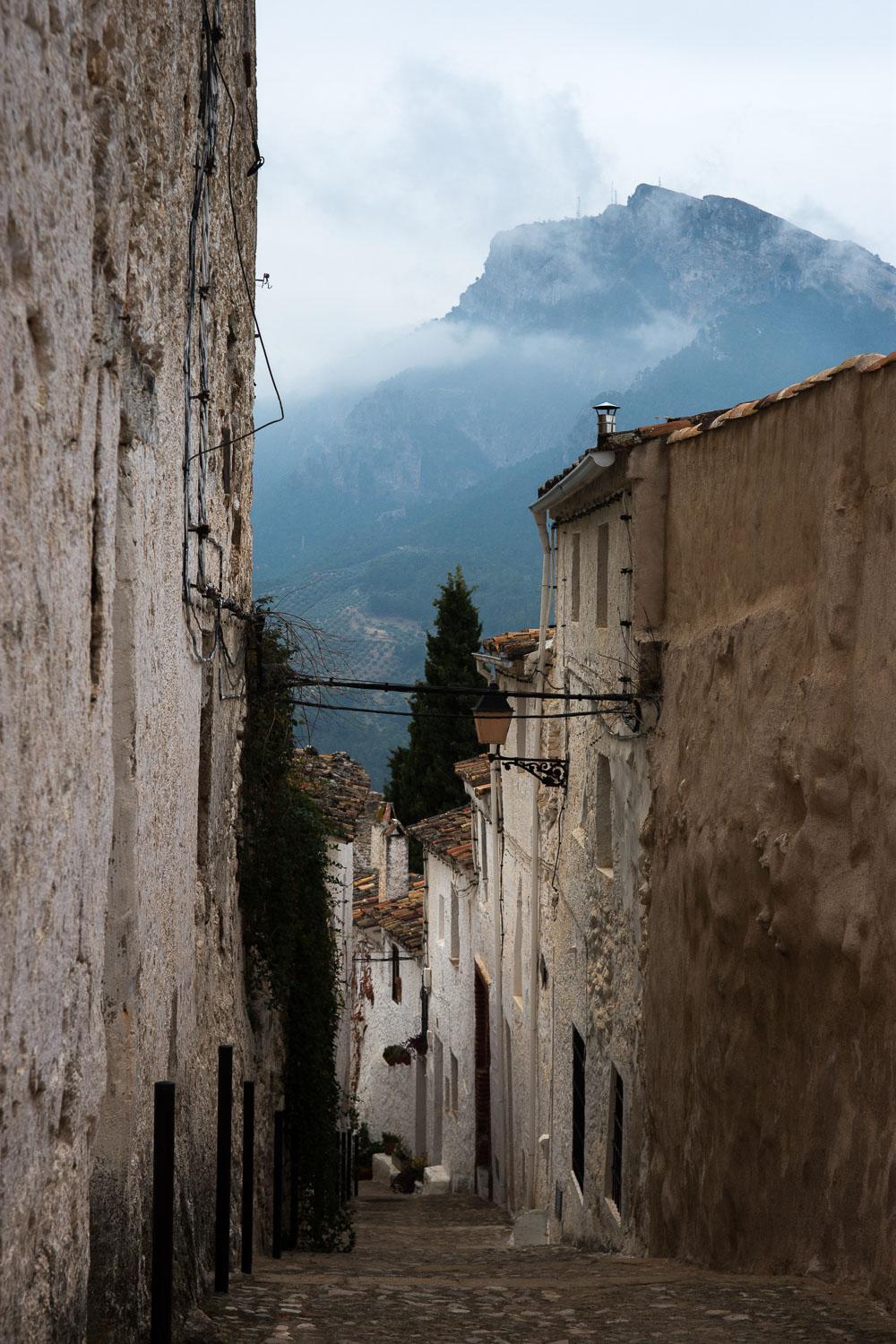
DAY 4
We wake up in Segura de la Sierra; couldn’t be better, but, unfortunately, it's our last day on the road.
As a result of this day we offer you two options to make your way back.
For those who are in a hurry to return the Camper and return to their homes, there is a short and quick option. In this case, we would go to Murcia passing through Riopar, Elche de la Sierra, Hellín and, from there, take the A-30 motorway towards Murcia. This option is 220 km and it would take approximately three hours.
For those who have some more time, we will tell you what we would do. Our option means two and a half hours more on route, but it will make you end up falling in love with the Sierra.
We leave Segura de la Sierra heading towards Siles (everything ok until here…), but here, instead of continuing on the A-310, we deviate and take the JF-7012. By the name you already imagine where we are gettingto. We return to the mountain!!
Another slightly shorter option would be to skip Siles, taking from the Sierra del Segura JV-7032 to find them with the end of JF-7012, just 8.7 km east. This would save about 34 km to the route.
In both cases, it is worth the trip and enjoys the scenery. At your discretion.
From there, the plan is, taking the JF-7038, go through the towns of Huelga Utrera, La Toba, El Parralejo and, following the course of the river safely, leaving the Sierra behind.
It is recommended to stop in Yeste before leaving the mountain range behind and return to the neighboring Region of Murcia, with the aim of getting to lunch time (if we have been fast enough during the morning) to Calasparra. There you can enjoy a "Murcian rice", which has nothing to envy to the best Valencian paellas.
The rice of Calasparra is one of the only three rices with denomination of origin (O.D.) of Spain, along with those of the delta of the Ebro and Valencia. The Calasparra Denomination of Origin was recognized in 1986, although the cultivation of rice in the area dates back to the 14th century. It is regulated by the Regulatory Board of the D.O.P. "CALASPARRA" and includes the municipalities of Calasparra, Moratalla (in Murcia) and Hellín (in Albacete).
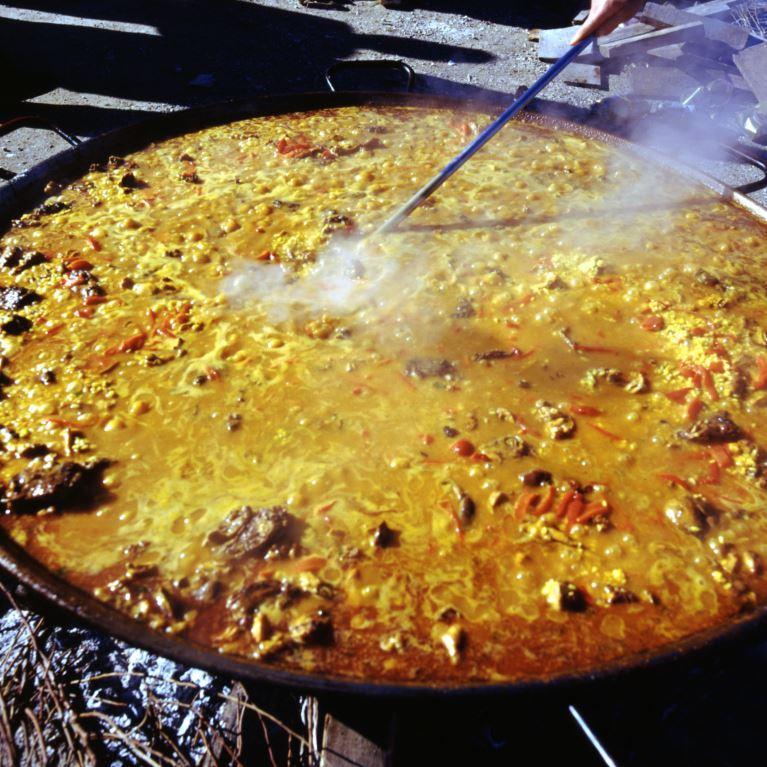
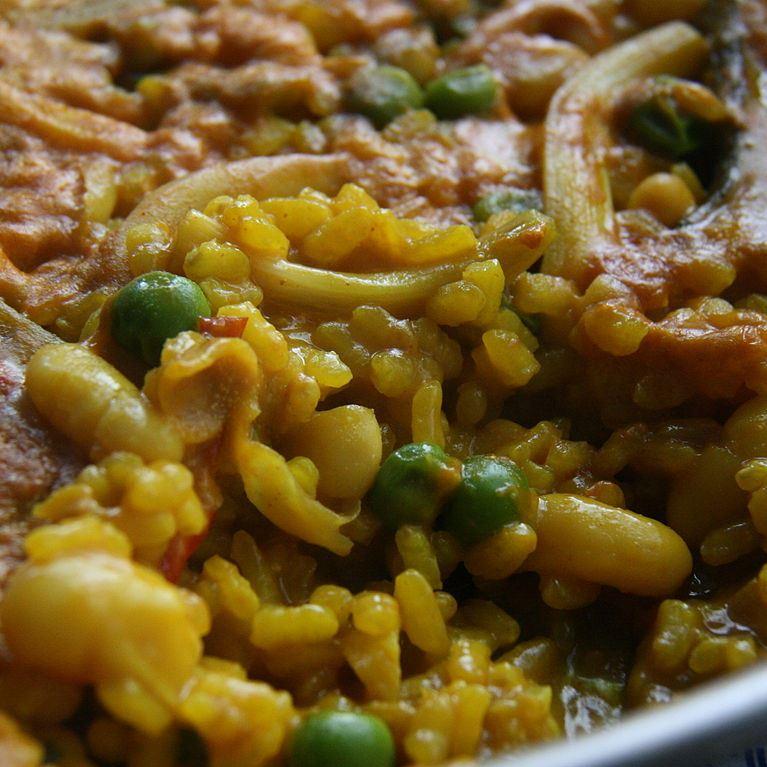
Bathed by four rivers and two swamps, Calasparra enjoys a privileged location.
Its waters make an attraction for the traveler, not only for the richness of its landscape but also for the variety of activities that can be carried in it (caving, canyoning ...). The descent of the Segura River (Almadenes Canyon) takes place in a Natural Protected Area River Bank Forest, where some of the last otters of the Region and a great variety of water bird species live.
Over more seven hundred years of existence and the historical heritage, Calasparra still preserves many surprises for the traveler; caves with paintings, declared by UNESCO a World Heritage Site and sites ranging from the Paleolithic to the Hispano-Muslim period, with findings collected in the Archaeological Museum (former building of La Encomienda).
Special mention deserves the Sanctuary of the Virgen de la Esperanza, patron saint of Calasparra, carved in the rock, a beautiful place located on the banks of the River Segura.
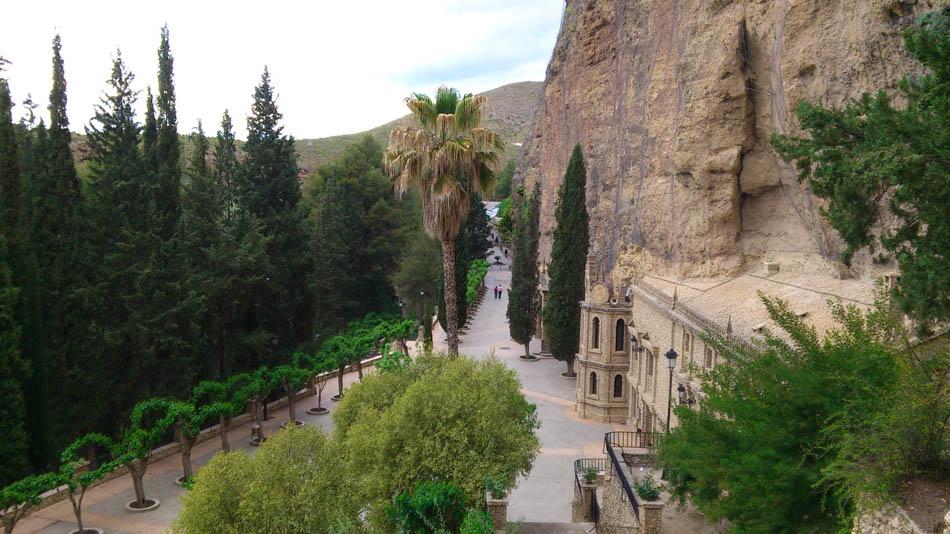
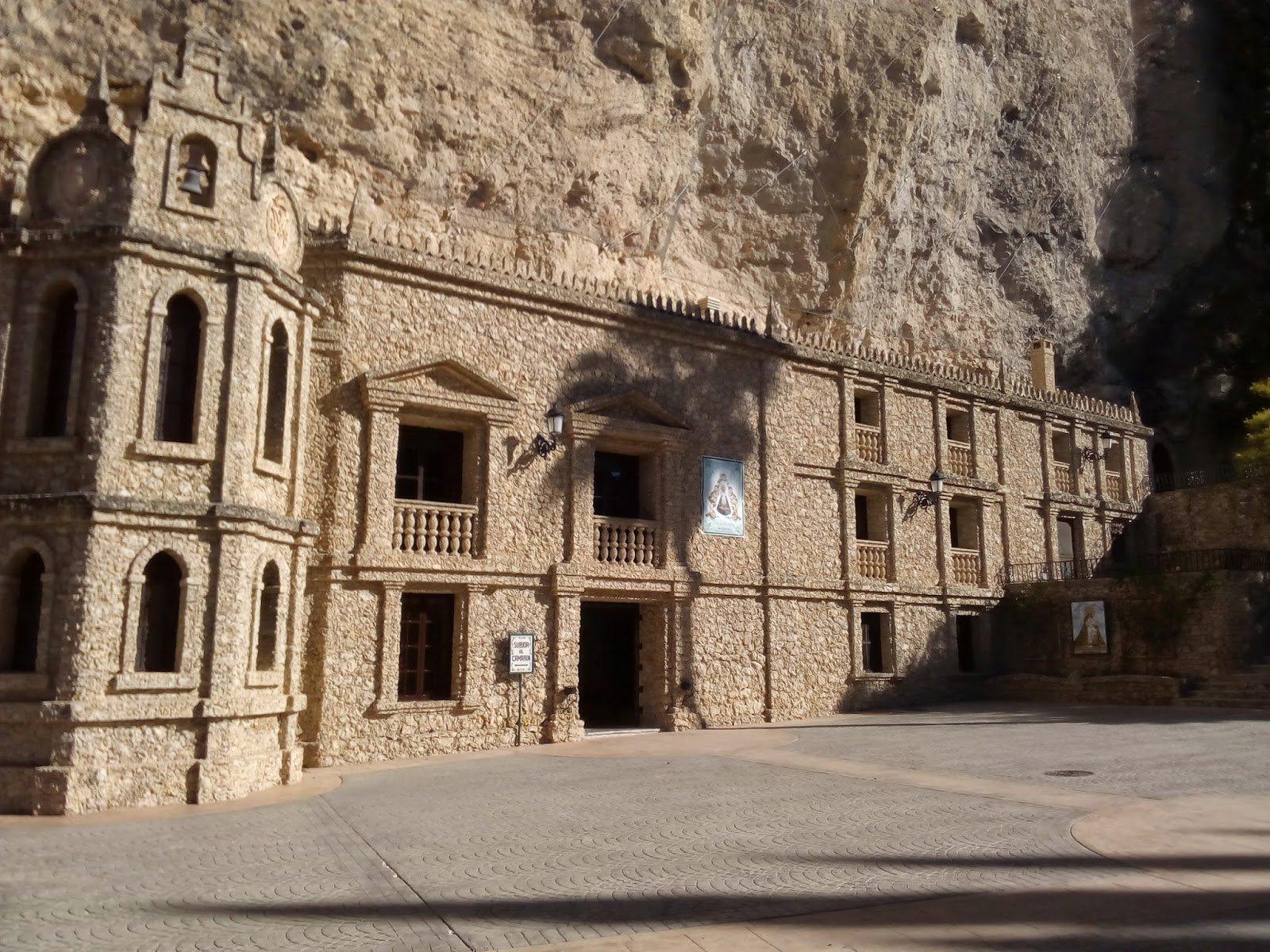
Having ate the rice and properly napped, the trip is over. We set course to go back to Murcia, and to return the one that by that moment you will already consider as your "second home".
We are waiting for you to hook up with us in this or any other incredible trip that you want to carry out in one of our Campers.
Furgocasa
 Español
Español  Inglés
Inglés 
